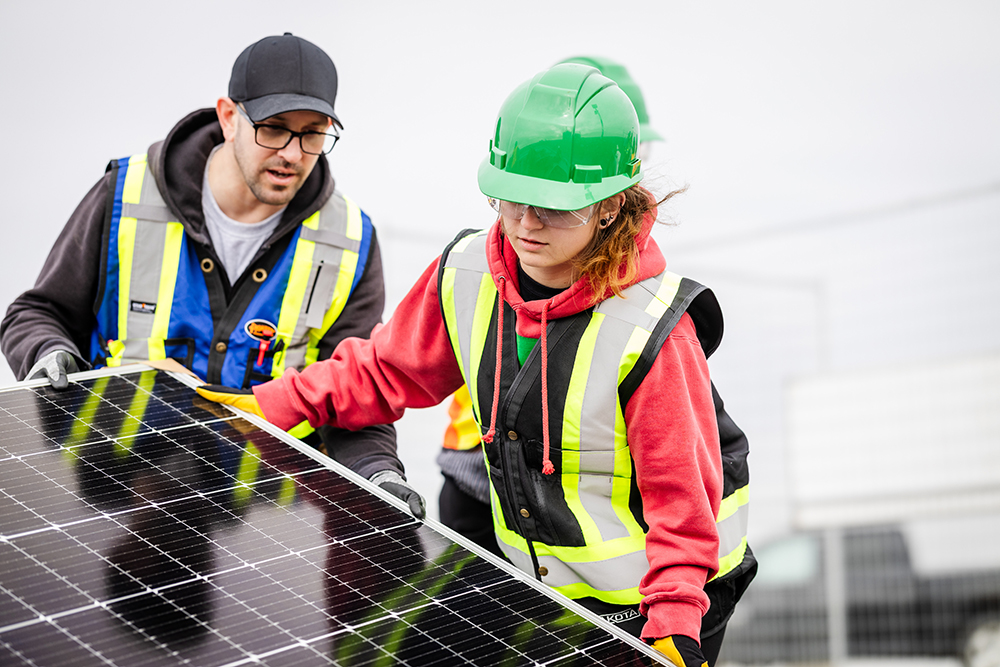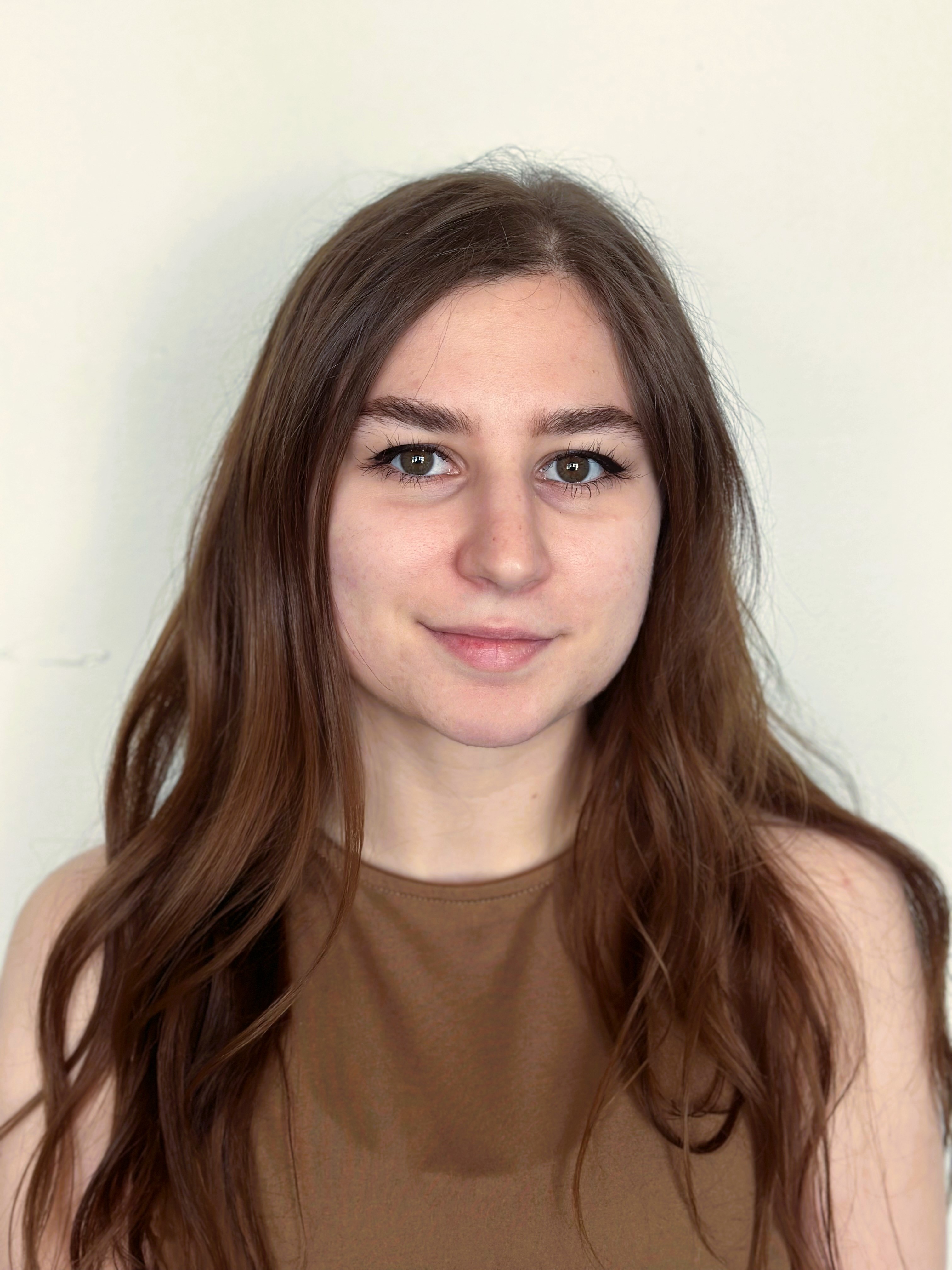
Emma Rubens: Exploring sustainability from Alberta to the Andes
Aug 21, 2025, 14:06 PMAt FortisAlberta, we’re proud to celebrate the diverse stories and backgrounds of our employees. Today, we’re spotlighting Emma Rubens, a Capital Delivery Summer Student based in Sherwood Park. Emma’s passion for sustainability and her belief in the power of electricity to improve lives has taken her as far as the Andes Mountains. Now, she’s bringing that same energy and curiosity to her work at FortisAlberta, where she continues to develop her skills and help make a difference for Albertans.
Getting to Know Emma
Can you tell us a bit about yourself and what you’re studying at NAIT?
I’m an outdoors enthusiast who enjoys camping, hiking, snowboarding and travelling. I love spending time with family and friends. I’m currently enrolled in the Alternative Energy Technology Diploma program at NAIT and will be entering my second year this fall. The program covers renewable energy technologies, building sustainability, project management and economics. Also, I enjoy painting, drawing and photography!
What inspired you to pursue a focus on alternative energy?
I’ve always had a passion for nature, animals and people, which led me to pursue a career in sustainability. With alternative energy becoming more prominent in Alberta, I wanted to understand how it’s created, its various applications and how it integrates with Alberta’s electricity grid. I’m interested in how it benefits Albertans, including our FortisAlberta customers, now and into the future.
What about FortisAlberta appealed to you as a place to further your professional development and knowledge of the subject?
My father, Mike Rubens, has worked at FortisAlberta for over twenty years and always speaks highly of the company’s inclusive culture and strong values. In my program, we focus on how renewable energy interacts with the grid, so I was particularly interested in learning more about microgeneration and PowerClerk, especially what happens after an application is submitted.
The Experience So Far

What has it been like as a summer student at FortisAlberta?
It’s been a great experience. I’ve really enjoyed being part of the Capital Projects controls team and learning about the many elements involved in finalizing a project.
Can you talk a bit about what it’s been like job shadowing in multiple departments within FortisAlberta?
I’ve had the opportunity to shadow both the Microgeneration team and the Call Centre. Shadowing the Microgeneration team was especially interesting, as I got to see how they process applications and support with troubleshooting unclear submissions. It helped me better understand the utility’s perspective and how customer generation connects to the grid. The Call Centre experience gave me valuable insight into customer concerns and how representatives manage them.
We hear you will be helping with a pilot for Microgeneration. Can you tell us a little bit about that and your role?
The pilot involves running Voltage Rise calculations to determine if FortisAlberta-owned cables at an application site can support peak power generation. These calculations are done before application approval to help reduce power quality complaints. My role is to assess map data for completeness and perform the voltage rise calculations.
Making a Difference
We heard you went to Peru to help install power and Wi-Fi in a remote village. Can you share more about that experience?
In February 2025, I joined a team that travelled to the Andes mountains to energize a school in the remote village of Huarcaya, which is six hours from the nearest powered community. Our team included volunteers from Light Up the World and students and instructors from NAIT and SAIT. In five days, we installed a solar array, battery storage, Wi-Fi, a solar thermal hot water tank and a computer lab. I helped wire lights and outlets in classrooms and dorms.
What was the most rewarding part of the project in Peru?
Knowing that the microgrid and internet access will improve education and teacher retention in the village was incredibly rewarding. It also opens access to medical aid and broader opportunities for the community.
What was the most challenging?
The elevation and climate were the biggest challenges. Huarcaya sits more than 4,500 metres above sea level, which meant limited oxygen and altitude sickness for many team members. The rainy season brought unpredictable weather. It delivered rain, hail, sun and snow, so staying dry and prepared was essential.
Did that experience shape your perspective on energy access and sustainability?
Absolutely. While I understood energy poverty in theory, experiencing it firsthand gave me a deeper appreciation for the privilege of energy access. The project highlighted how renewable energy and microgrids can be powerful solutions for remote communities.
Looking Ahead
Where do you hope to take your career in the alternative energy field?
I’d love to work on more projects like the microgrid in Peru. But first, I plan to continue my education in sustainability, energy and grid systems.

